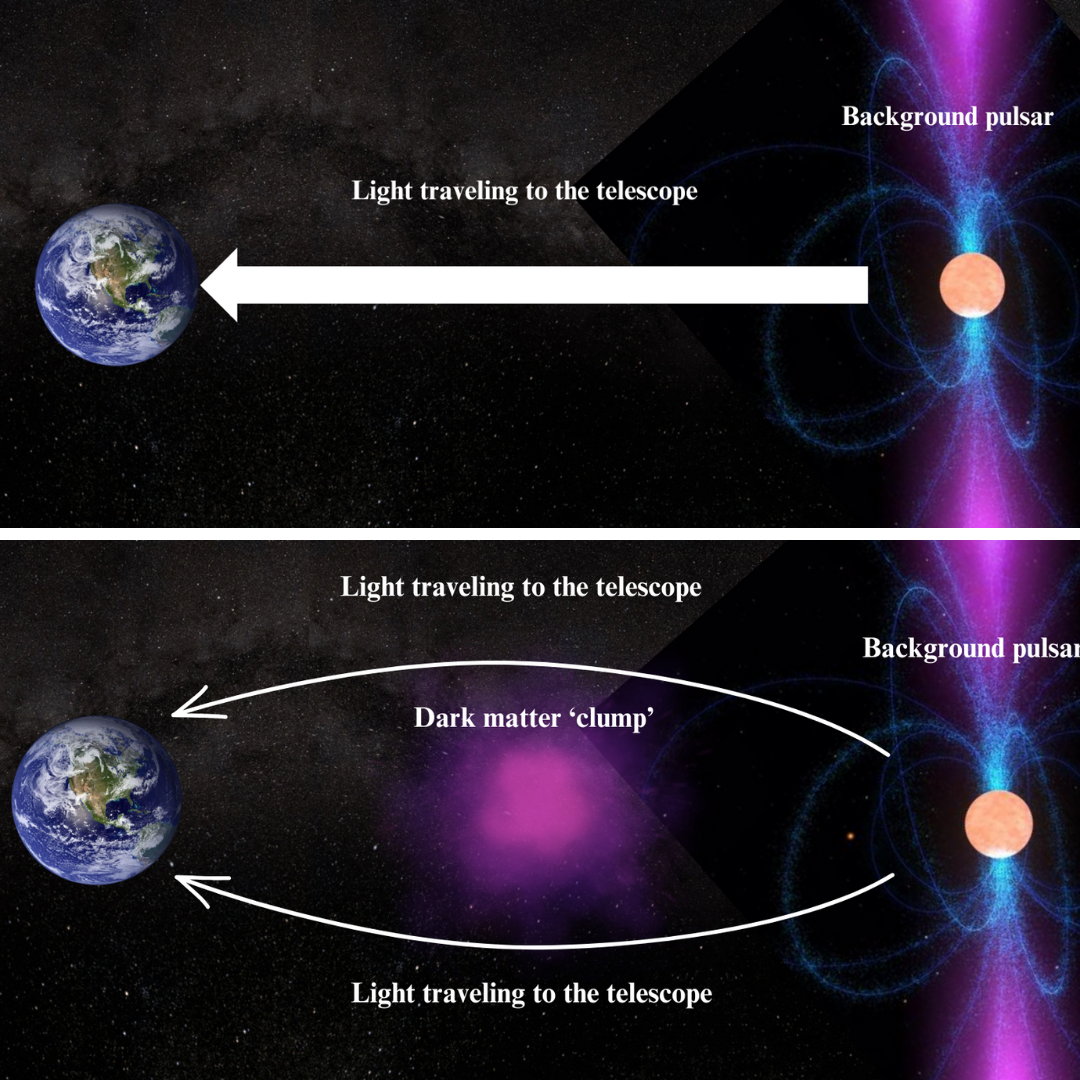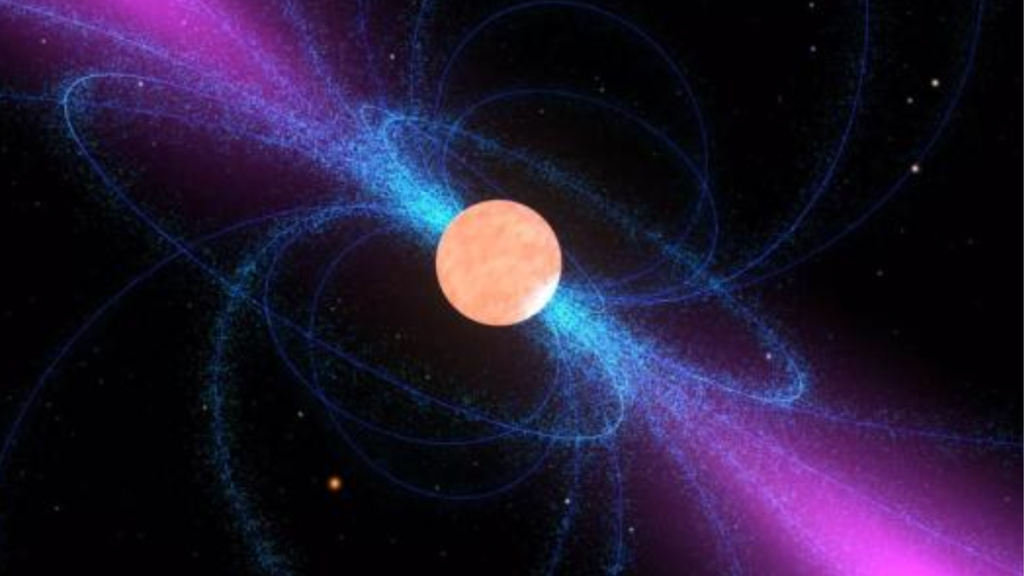Scientists plan to use “clocks” from dead stars to understand one of the most mysterious things in the universe: dark energy.
These timekeepers are actually Pulsaror spinning rapidly Neutron Star They are born when a star at least eight times the mass of the Sun dies, and the extreme conditions of a neutron star make it an ideal laboratory for studying physics in an environment found nowhere else in the universe.
So-called”Millisecond Pulsar“Neutron stars spin hundreds of times per second and shine beams of electromagnetic radiation from their poles like cosmic lighthouses, illuminating space. They got their name because when they were first discovered, these neutron stars appeared to be pulsating and increased in brightness when the beam was pointed directly at Earth.
Related: U.S. Navy research intern discovers ‘extreme’ fast-spinning neutron star
The ultra-precise timing of millisecond pulsars’ brightness changes means that they can be collectively used as a cosmic clock.Pulsar Timing ArrayThese arrays are so precise that they can measure gravitational disturbances in the fabric of space and time, which is unified into a four-dimensional entity called “spacetime,” making them potentially an ideal way to search for dark matter.
“Science has developed incredibly precise ways to measure time,” John LoSecco, a Pulsar Timing Array researcher at the University of Notre Dame, said in a statement. “We have atomic clocks on Earth, and we have pulsars in space.”
Ending the mystery of dark matter
Dark matter is extremely mysterious because it doesn’t interact with light or normal matter, or if it does, it does so very weakly and undetectably. Because “normal matter” is made of atoms made of electrons, protons, and neutrons that interact with light and matter, scientists believe dark matter must be made of other particles.
Even though dark matter does not interact with light, it has a gravitational influence that can be inferred from its effects on light and ordinary matter, and it is this gravitational effect on light that Losecco and his colleagues hope to exploit using pulsars.
According to Albert Einstein’s theory of general relativity, objects with mass bend the very fabric of space-time, and this curvature gives rise to gravity. When light passes through this curvature, its path changes. This changes the travel time of light, causing light from the same distant object to arrive at Earth at different times, theoretically “slowing down” (the speed of light doesn’t actually change, it’s the distance that light travels that changes).
Dark matter has mass, and concentrations of this mysterious matter can also warp space-time. This causes light from distant objects to bend and slow down when it passes through a concentration of dark matter. This effect is calledGravitational lensing” This is a phenomenon called “gravitational lensing,” in which an intervening object changes the path of light.

Losecco and his colleagues looked at data collected from 65 pulsars. Parks Pulsar Timing ArrayThey observed about a dozen events that indicated changes or delays in the pulsar’s timing, which is usually accurate to within nanoseconds.
This indicates that the radio beams from these dead stars’ cosmic lighthouses are orbiting a distortion in space caused by a concentration of invisible mass somewhere between the pulsar and the telescope, which the team theorizes are candidates for “clumps” of dark matter.
“We take advantage of the fact that the Earth is moving, the Sun is moving, pulsars are moving, and even dark matter is moving,” LoSecco says, “to observe deviations in arrival times caused by changes in the distance between the mass we’re observing and our ‘clock’ line of sight to the pulsar.”
The deviations observed by the team are extremely small. To illustrate this, Mass of the Sun Pulsars are predicted to cause a delay of about 10 microseconds in radio waves, and the delay deviation due to dark matter that the team observed was only about one ten-thousandth of that.
“One of the findings suggests a distortion of about 20% of the mass of the Sun,” Professor Losecco said. “This object may be a candidate for dark matter.”
One side effect of the team’s work is improved accuracy of data from the Parks Pulsar Timing Array. This data is Low frequency gravitational radiation.
Dark matter clumps can add interference, or “noise,” to this data. Identifying and removing that noise will allow scientists to better use this sample set to search for low-frequency ripples in space-time called gravitational waves, which could detect gravitational radiation from more distant and therefore earlier black hole mergers, and perhaps even background primordial gravitational waves left over from black hole mergers. big bang.
“The true nature of dark matter is a mystery,” said LoSecco. “This work sheds new light on the nature of dark matter and its distribution in the Milky Way, and may also improve the accuracy of precision pulsar data.”
The team’s achievements are National Astronomical Congress (NAM) The 2024 conference will take place on Monday (15 July) at the University of Hull.


